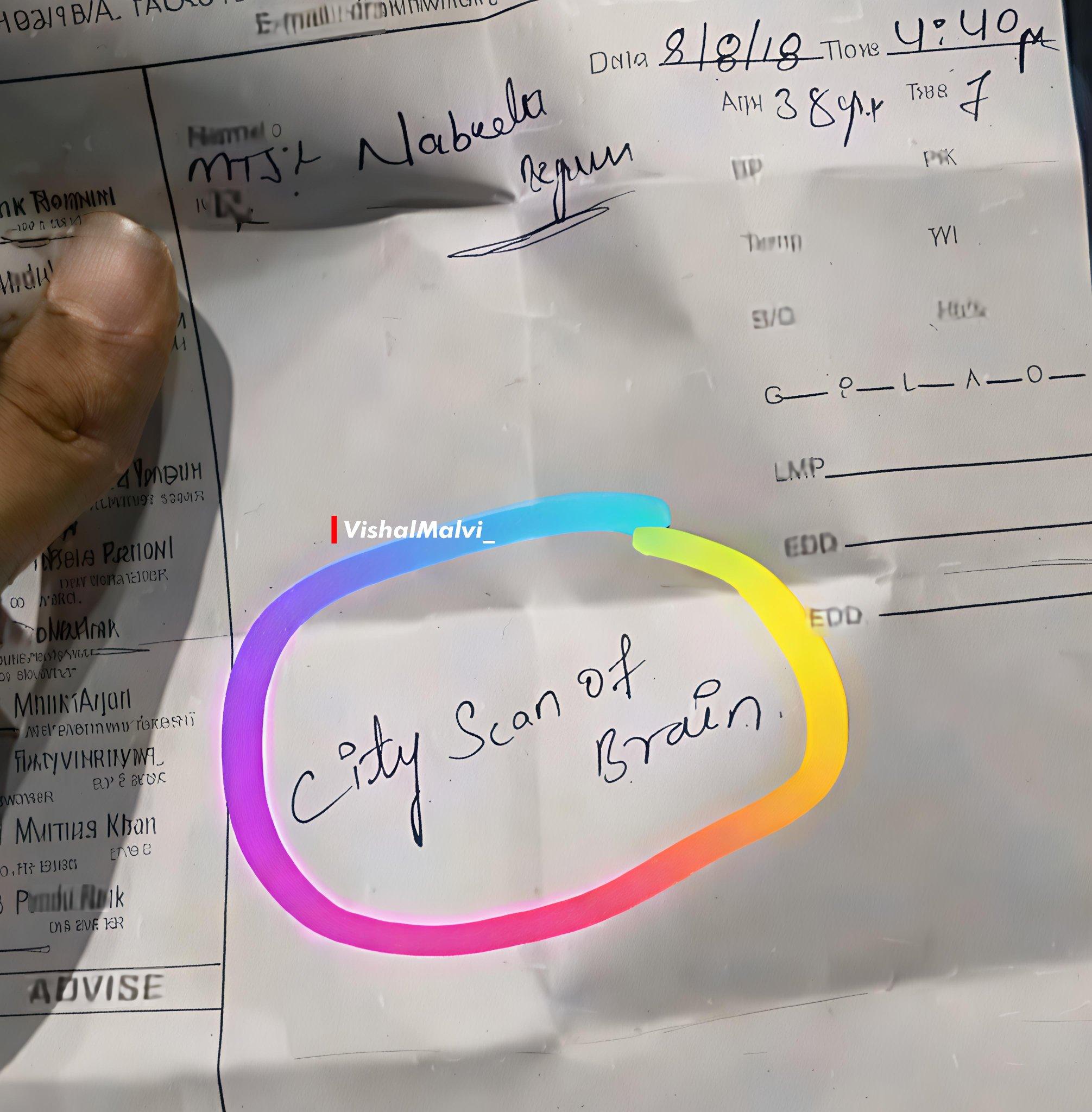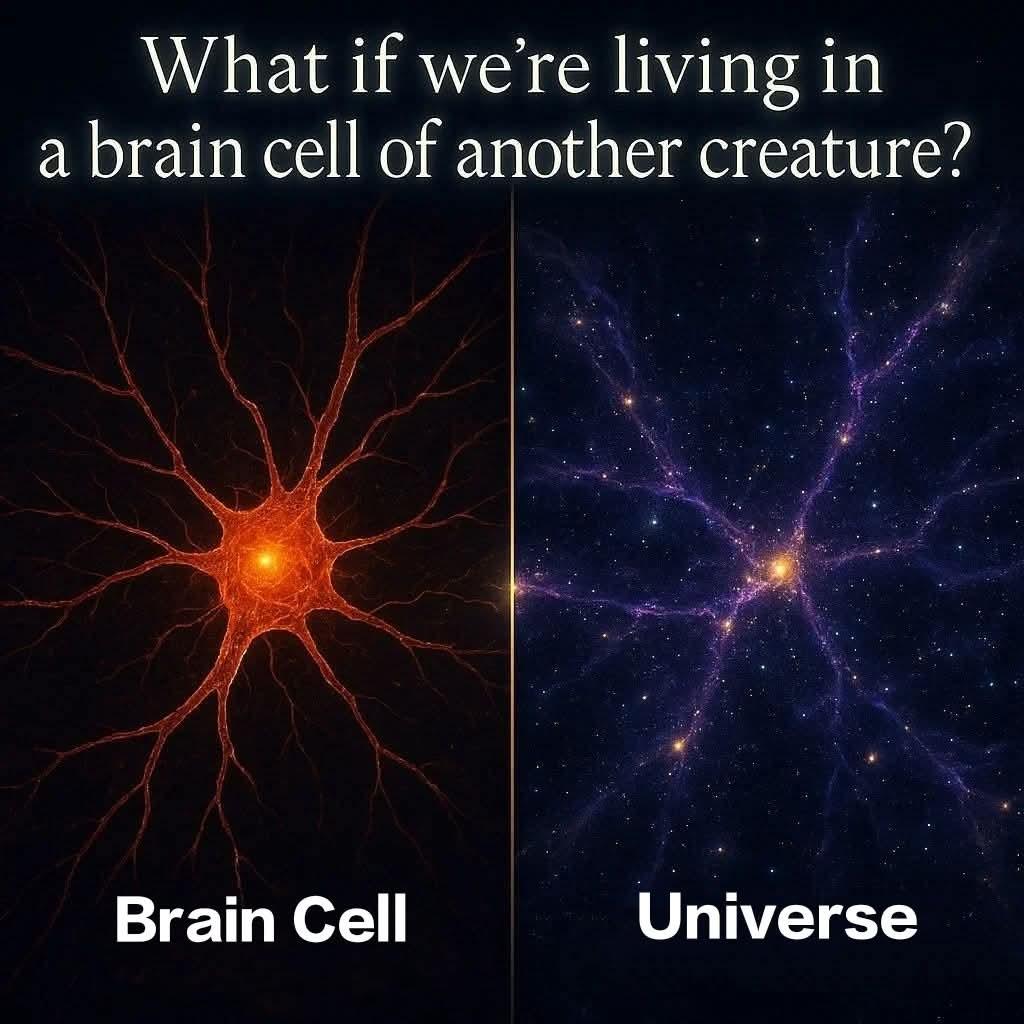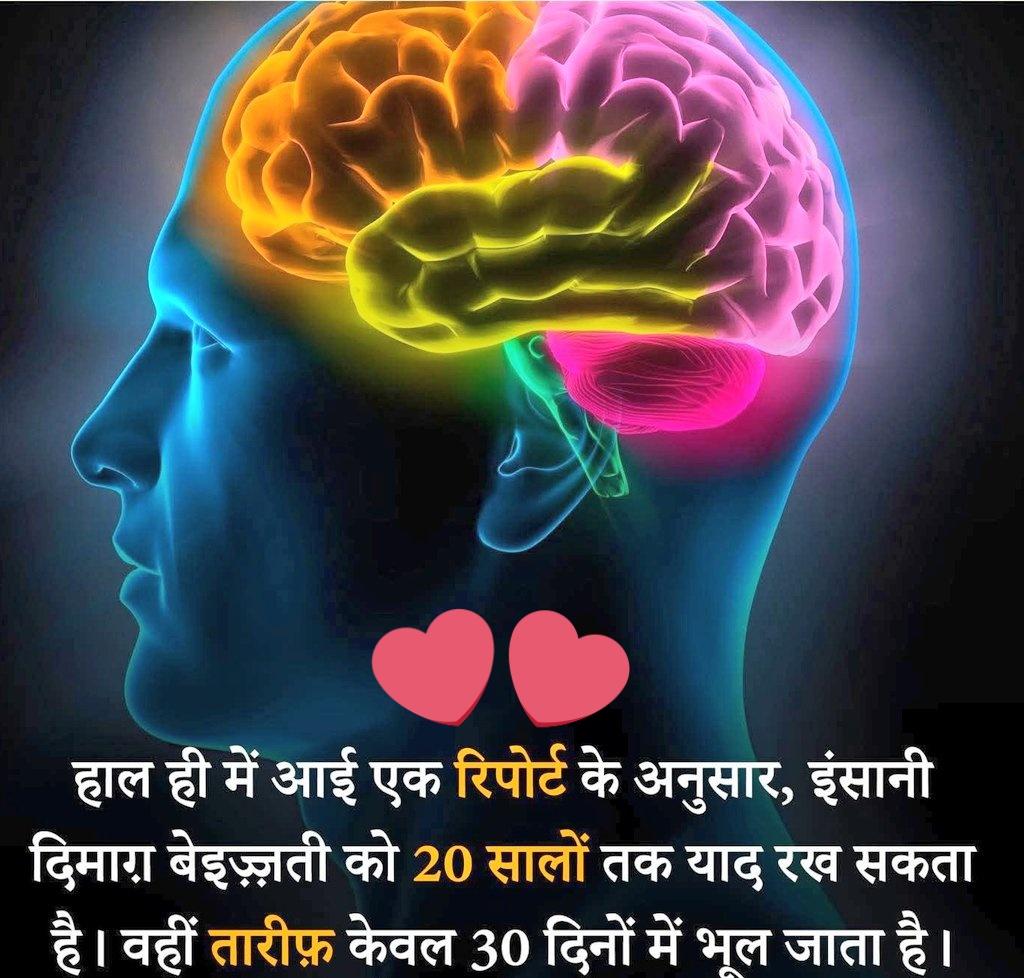हम सोचते हैं कि हमारा शरीर सिर्फ़ मांस और हड्डियों का बना है लेकिन विज्ञान बताता है कि हम असल में ऊर्जा के जीव हैं।
सबसे पहले बात करते हैं हृदय (Heart) की दिल सिर्फ़ खून पंप नहीं करता, बल्कि यह एक शक्तिशाली विद्युत-चुंबकीय क्षेत्र (Electromagnetic Field) भी उत्पन्न करता है, जो शरीर से कई फीट दूर तक फैलता है।
HeartMath Institute के शोध बताते हैं कि यह क्षेत्र हमारे आसपास के लोगों की ऊर्जा को भी प्रभावित कर सकता है।
यानी, आपकी भावनाएँ जैसे प्यार, शांति, या डर सिर्फ़ आपके भीतर नहीं रहतीं, वे आपके आस-पास के स्पेस में तरंगों के रूप में फैलती हैं।
अब आते हैं मस्तिष्क (Brain) पर
आपका दिमाग़ हर सेकंड प्रकाश और बिजली की मापनीय तरंगें (Brain Waves) पैदा करता है।
EEG (Electroencephalogram) के ज़रिए वैज्ञानिक इन तरंगों को मापते हैं अल्फ़ा, बीटा, थीटा, और डेल्टा वेव्स।
यही वे तरंगें हैं जो आपके विचारों, ध्यान और भावनाओं की स्थिति को नियंत्रित करती हैं।
और तीसरा केंद्र है अंतःकरण या आंत (Gut) जिसे वैज्ञानिक “Second Brain” कहते हैं।
यह लगभग 10 करोड़ से ज़्यादा न्यूरॉन्स से बना होता है यानी रीढ़ की हड्डी के बराबर।
आपका यह “गट ब्रेन” कई बार दिमाग़ से पहले प्रतिक्रिया देता है, जैसे किसी खतरे का आभास या किसी व्यक्ति के बारे में अचानक महसूस होना।
इसका मतलब आपका शरीर सोचता है, महसूस करता है और प्रतिक्रिया करता है, सिर्फ़ आपका मस्तिष्क नहीं।
#scrolllink #brain #heart #science #factहम सोचते हैं कि हमारा शरीर सिर्फ़ मांस और हड्डियों का बना है लेकिन विज्ञान बताता है कि हम असल में ऊर्जा के जीव हैं।
सबसे पहले बात करते हैं हृदय (Heart) की दिल सिर्फ़ खून पंप नहीं करता, बल्कि यह एक शक्तिशाली विद्युत-चुंबकीय क्षेत्र (Electromagnetic Field) भी उत्पन्न करता है, जो शरीर से कई फीट दूर तक फैलता है।
HeartMath Institute के शोध बताते हैं कि यह क्षेत्र हमारे आसपास के लोगों की ऊर्जा को भी प्रभावित कर सकता है।
यानी, आपकी भावनाएँ जैसे प्यार, शांति, या डर सिर्फ़ आपके भीतर नहीं रहतीं, वे आपके आस-पास के स्पेस में तरंगों के रूप में फैलती हैं।
अब आते हैं मस्तिष्क (Brain) पर
आपका दिमाग़ हर सेकंड प्रकाश और बिजली की मापनीय तरंगें (Brain Waves) पैदा करता है।
EEG (Electroencephalogram) के ज़रिए वैज्ञानिक इन तरंगों को मापते हैं अल्फ़ा, बीटा, थीटा, और डेल्टा वेव्स।
यही वे तरंगें हैं जो आपके विचारों, ध्यान और भावनाओं की स्थिति को नियंत्रित करती हैं।
और तीसरा केंद्र है अंतःकरण या आंत (Gut) जिसे वैज्ञानिक “Second Brain” कहते हैं।
यह लगभग 10 करोड़ से ज़्यादा न्यूरॉन्स से बना होता है यानी रीढ़ की हड्डी के बराबर।
आपका यह “गट ब्रेन” कई बार दिमाग़ से पहले प्रतिक्रिया देता है, जैसे किसी खतरे का आभास या किसी व्यक्ति के बारे में अचानक महसूस होना।
इसका मतलब आपका शरीर सोचता है, महसूस करता है और प्रतिक्रिया करता है, सिर्फ़ आपका मस्तिष्क नहीं।
#scrolllink #brain #heart #science #fact


















